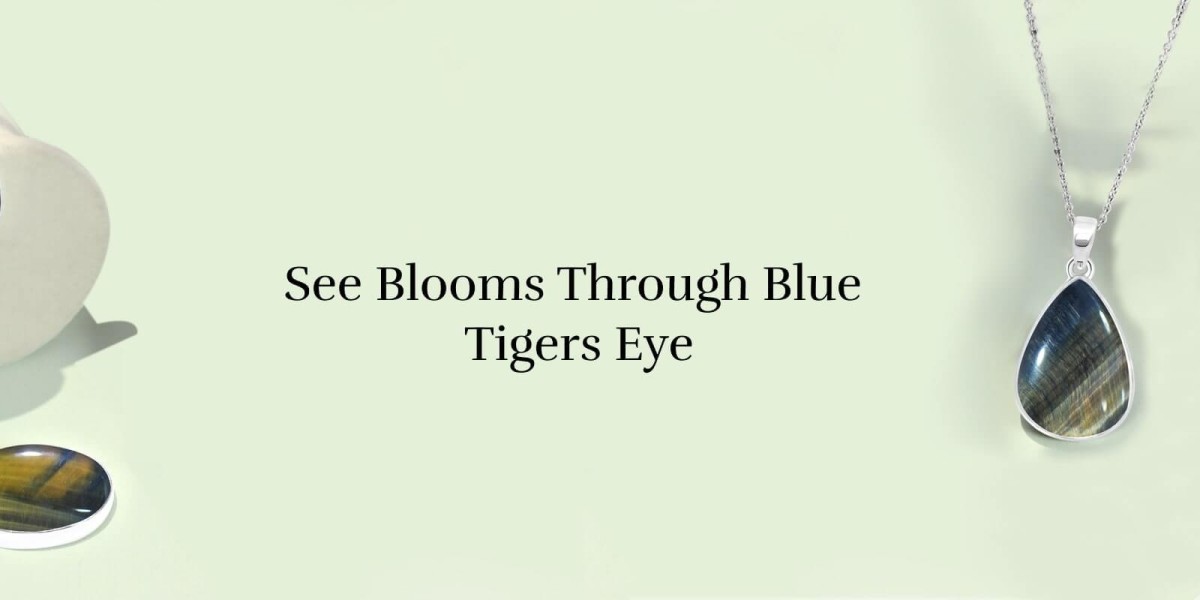The wearable camera market has undergone significant transformations in recent years, driven by rapid advancements in technology, evolving consumer demands, and innovative applications across various sectors. What was once a niche market focused primarily on extreme sports and personal recording has now expanded to encompass a wide range of uses, from content creation to healthcare, security, and beyond. In this article, we delve into some of the most noteworthy innovations in the wearable camera market, which are shaping its growth and future potential.
1. Miniaturization and Improved Design
One of the most significant innovations in the wearable camera market is the miniaturization of camera hardware. Early wearable cameras were bulky and cumbersome, making them impractical for long-term use or certain activities. However, as camera components have become smaller, lighter, and more efficient, modern wearable cameras are now much more compact, allowing for greater portability and ease of use.
This miniaturization trend has not only made wearable cameras more user-friendly but also opened up new possibilities for design. Manufacturers are now creating sleek, low-profile wearable cameras that can be integrated into accessories like glasses, helmets, watches, and clothing. For instance, companies like GoPro and Snap Inc. have developed tiny wearable cameras that can easily attach to clothing or even be worn discreetly, allowing users to capture high-quality footage without feeling encumbered by the device.
2. Enhanced Video Quality and Stabilization
As consumer expectations for high-quality video content have risen, wearable cameras have evolved to meet these demands. One of the major innovations in this space is the improvement of video quality, particularly in the areas of resolution, frame rate, and stabilization. High-definition (HD) and 4K video recording are now standard features in many wearable cameras, with some models even offering 8K resolution.
Stabilization technology has also seen significant improvements. Wearable cameras are now equipped with advanced electronic and optical image stabilization (EIS and OIS) systems that ensure smooth footage even during intense physical activity. Whether it’s capturing action-packed sports footage, outdoor adventures, or fast-paced urban scenes, these stabilization systems help eliminate shaky, blurry video, resulting in a more professional and polished viewing experience.
3. AI-Powered Features and Automation
The integration of artificial intelligence (AI) into wearable cameras is transforming the user experience by automating many tasks that were previously time-consuming or required manual intervention. AI-powered features such as automatic scene recognition, object tracking, and facial recognition are making wearable cameras more intelligent and intuitive.
For example, AI algorithms can automatically adjust camera settings based on the environment, such as changing the exposure in low light or optimizing focus during fast movement. Additionally, AI can analyze the captured footage and automatically create highlight reels, sync footage to music, or even remove unwanted parts of the video. These AI innovations make wearable cameras much easier to use, particularly for content creators who want to quickly edit and share their videos without spending hours on manual editing.
4. Live Streaming and Real-Time Connectivity
Live streaming capabilities have become a major innovation in the wearable camera market. With the advent of 5G networks, real-time streaming of high-quality video from wearable cameras is now more feasible and reliable than ever. Many modern wearable cameras now allow users to live stream their footage directly to platforms like YouTube, Instagram, Facebook, and Twitch, making it easier to engage with a global audience in real time.
This live streaming functionality is particularly valuable in fields like journalism, sports broadcasting, and public safety, where real-time footage is crucial. For instance, journalists and news organizations can use wearable cameras to broadcast live from the scene of breaking news, while sports fans can stream their experiences of attending live events. The integration of 5G is expected to further enhance the capabilities of live streaming, enabling smoother video delivery with minimal latency.
5. Smart Integration with Other Devices
Wearable cameras are increasingly being designed to work seamlessly with other smart devices, creating a more interconnected and efficient ecosystem. Through wireless connectivity, wearable cameras can be paired with smartphones, smartwatches, drones, and other wearable tech to offer enhanced functionality and remote control capabilities.
For example, some wearable cameras can sync with smartphones to allow users to remotely start and stop recording, change settings, or view footage in real-time. Wearable cameras are also being integrated with augmented reality (AR) and virtual reality (VR) technologies to provide immersive, interactive experiences. This smart integration is opening up new opportunities for industries such as gaming, education, and professional training, where wearable cameras can be used to capture immersive content and offer real-time feedback.
6. Eco-Friendly Innovations and Sustainability
As environmental concerns continue to rise, sustainability has become a key focus in the wearable camera market. Manufacturers are responding to the demand for eco-friendly products by developing cameras made from recyclable materials and designing more energy-efficient devices. Longer battery life, low-energy consumption, and the use of sustainable components are becoming increasingly common in wearable camera models.
Some companies are also offering repairable or modular cameras, allowing users to replace individual components like lenses or batteries, reducing e-waste and extending the life of the product. This focus on sustainability not only appeals to environmentally conscious consumers but also aligns with the growing trend toward reducing the carbon footprint of consumer electronics.
7. Voice Control and Gesture Recognition
Another innovative feature being integrated into wearable cameras is voice control. With the rise of virtual assistants like Amazon’s Alexa, Google Assistant, and Apple’s Siri, wearable cameras are now allowing users to control their devices hands-free through voice commands. This is especially useful in situations where the user’s hands are occupied, such as while skiing, cycling, or performing other activities.
Similarly, gesture recognition technology is enabling users to control their wearable cameras with simple hand gestures. For example, a user might wave their hand to start recording or take a picture, providing a truly hands-free experience. These innovations make wearable cameras even more convenient and user-friendly, especially for those looking to capture content while on the move.
8. Wearable Camera as a Health Monitoring Tool
An exciting innovation in the wearable camera market is the use of cameras as health and wellness monitoring tools. Some wearable cameras are now designed to track and record physical activity, allowing users to monitor their fitness progress. These cameras can capture detailed movement analysis, provide feedback on posture, or even detect fatigue levels based on facial expressions.
In the healthcare sector, wearable cameras are also being used for telemedicine and remote patient monitoring. Doctors can use wearable cameras to conduct virtual consultations with patients, allowing for a more personal and visual interaction. This innovation is helping bridge the gap between healthcare providers and patients, particularly in remote areas or during the COVID-19 pandemic.
9. 360-Degree Cameras and Immersive Experiences
360-degree cameras are another significant innovation that has reshaped the wearable camera market. These cameras allow users to capture a full, spherical view of their environment, offering an immersive experience for viewers. 360-degree cameras are increasingly being used in travel and adventure vlogging, as they enable users to capture every angle of their surroundings.
In addition to content creation, 360-degree cameras are being used in professional applications such as real estate, where they allow potential buyers to take virtual tours of properties, or in education, where immersive learning experiences are being created. The growing popularity of virtual reality (VR) and augmented reality (AR) is further fueling the demand for 360-degree wearable cameras, as they provide a realistic and interactive way to capture and experience content.
Conclusion
The wearable camera market is evolving rapidly, with innovations spanning across hardware, software, and functionality. From miniaturization and enhanced video quality to the integration of AI, 5G connectivity, and sustainability, these innovations are reshaping how we use and interact with wearable cameras. As the market continues to grow and diversify, the future of wearable cameras looks promising, with new opportunities for consumers and professionals alike.



